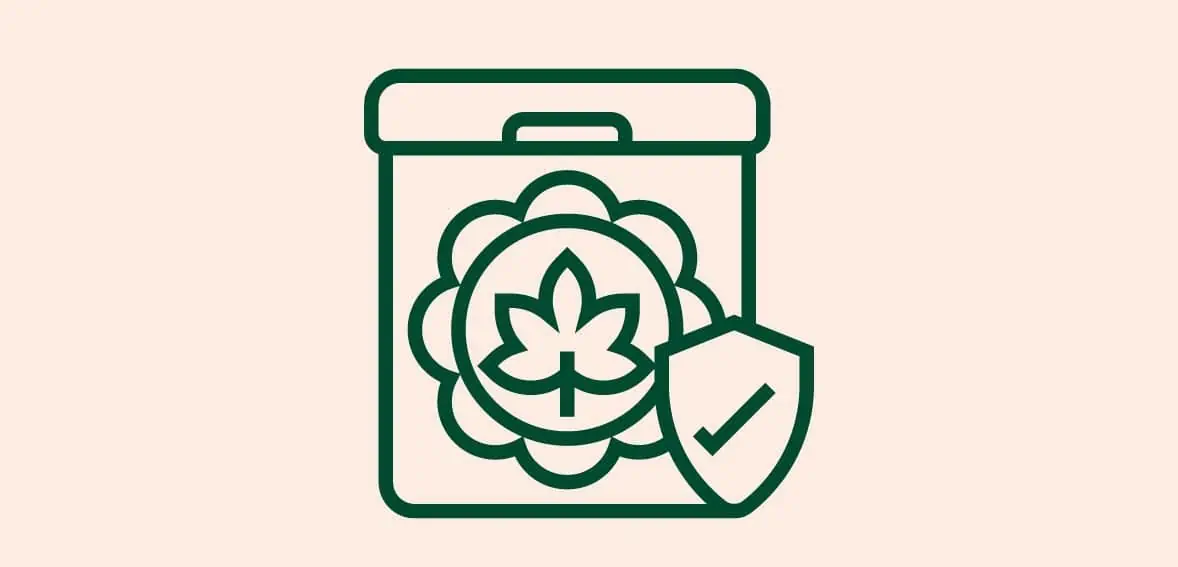The popularity of CBD in the health sector has skyrocketed, making it a market worth $9.4 billion by 2023. However, this rapid growth has led to an influx of low-quality products. Surprisingly, recent research on 29 CBD offerings discovered that 10 contained more than half the stated amount, and one even had no CBDall! To address this issue, reputable CBD companies have introduced a solution known as the CBD Certificate of Analysis (COA). This certificate provides reassurance to consumers. Verifies the quality of the product.
This article sheds light on how brands collaborate with CBD distributors or manufacturers. Focuses on understanding the CBD Certificate of Analysis. We will explore what it entails, how to interpret it accurately, and what red flags to consider. By identifying signs of quality from your provider, we will guide you in obtaining a reliable COA.
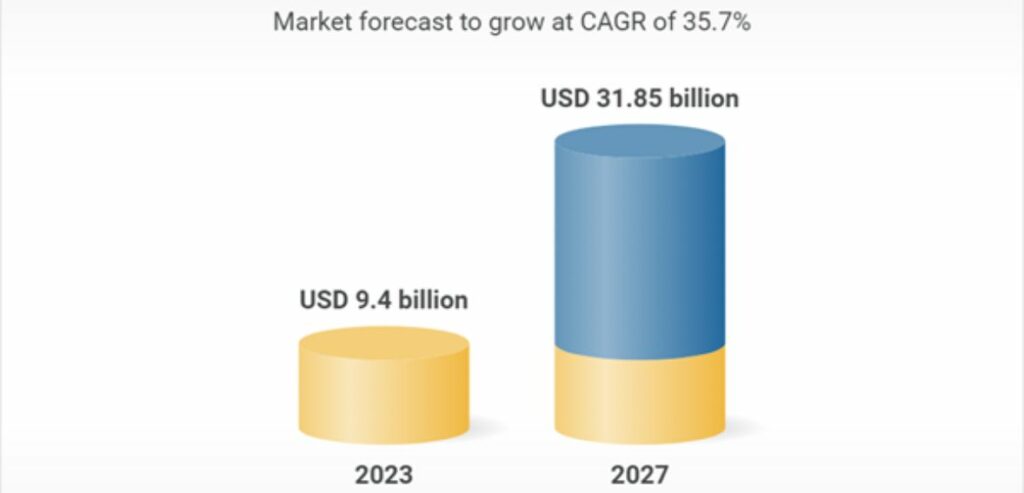
Source: Global Cannabidiol Market
Understanding CBD Certificate of Analysis
A certificate of analysis provides crucial insights into a product by delving into its detailed components. Unraveling the contents of a COA reveals essential information, such as the strength and amounts of ingredients present. In the hemp industry specifically, COA takes on significant value since they verify the levels of CBD and THC within the products that are being sold. However, COAs do more than just measure potency; they also protect against potential underlying dangers.
Through meticulous testing of samples, accredited facilities can guarantee the absence of risky pollutants like heavy metals or toxic mushrooms that may contaminate and endanger what would be safe to consume or use otherwise. While COAs clarify compound amounts, their most crucial role is confirming that products do no undisclosed harm.
Why Is CBD Certificate of Analysis Important?
A COA is important because it ensures safety in the CBD market, which sometimes lacks proper oversight. Some CBD makers use poor quality, even risky ingredients. Unfortunately, the industry lacks stringent standards, especially for labeling. Many CBD products mislabel crucial details like the THC content – the part that alters mind states. This measure needs to stay under 0.3%, according to 2018’s Farm Bill. Other than this, it can help you give a clue about the following:
- Identification of CBD Product Contents: COAs assist in clearly identifying the contents of your CBD product. This is particularly valuable when you want assurance that your CBD gummies are THC-free.
- Confirmation of Label Accuracy: COAs are vital to confirm that the information on the product label aligns accurately with the product composition. Given the limited FDA regulation of CBD products, having test results supporting the packaging details provides a reassuring element.
- Verification of Legal Compliance: CBD laws vary across states, making it crucial to ensure your product adheres to legal parameters. The COA serves as a document proving compliance with the specific regulations in your state. Some states with stringent laws even recommend keeping a copy of the COA alongside your CBD for on-demand verification of THC/CBD contents.
As CBD products are new, many buyers need help to understand them. CDB products include tinctures, oils, edibles, and topicals. Consumers now have various options catering to their specific wellness needs. While this variety is beneficial, it requires retailers and consumers to be more diligent in ensuring product quality and safety. COAs emerge as a solution to promote transparency and accountability in the CBD industry.
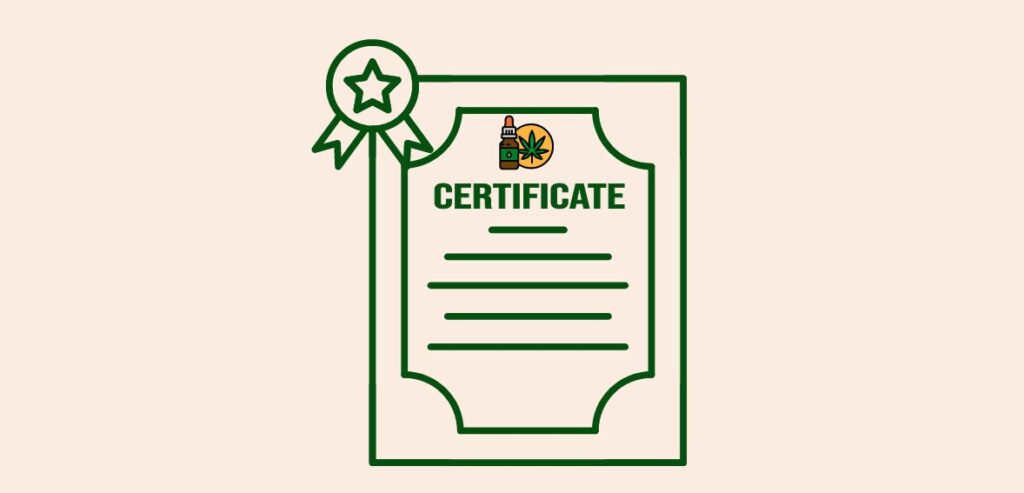
When purchasing a CBD product, consumers place importance on understanding its composition. A COA provides a breakdown of the product’s profile concentration levels and assurance of being free from harmful contaminants. This valuable information empowers consumers to make informed decisions about their consumption.
For merchants, possessing a COA offers many advantages, not only does it demonstrate a commitment to transparency it also instills confidence in the products they deliver. Customers seeking reassurance are more likely to trust brands that readily provide COAs for their products. Over time, this trust can foster customer loyalty—an asset in the competitive cannabis and CBD industry.
Decoding CBD Certificate of Analysis
With a bit of practice, you’ll navigate certificates of analysis with the ease of a seasoned chemical engineer or biochemist—well, almost. The initial focus on a COA should be the lab’s name at the top. Ensure it’s not a manufacturer or a CBD product-selling company; this could be a red flag.
COAs must originate from a third-party laboratory, specifically a certified hemp processing lab, not affiliated with the product-selling company. A valid COA includes a certificate ID and batch-specific details, adding an extra layer of accountability. The lab’s accreditation should meet CLIA and ISO 17025 standards, signifying the necessary credentials for processing and reporting samples. Now, let’s break down the essential data you’re likely keen on understanding—it’s not as tricky as it might seem. We’ll walk you through it!
1. Understanding Cannabinoids
The COA might throw some terms and abbreviations at you, especially if you need to be versed in the language. Let’s start with “potency,” which measures the cannabinoids present and their respective amounts in the product. Cannabinoids like CBD, CBC, CBN, AEA, and CBG are often abbreviated and listed under the term “analyte,” denoting the component being measured. While CBD is a well-known cannabinoid, each compound possesses distinct properties and is in varying concentrations in different products.
This roster of cannabinoids provides a critical insight into the THC content of a product. Legally, a CBD product should not exceed 0.3% THC, as mentioned earlier. It’s crucial to note that the lab typically tests for a specific set of cannabinoids. There are over 600 chemical compounds in cannabis, with approximately 160 identified cannabinoids, but the lab focuses on a select panel during testing.
2. Critical Quantities In COA Analysis
When understanding the quantities, the first thing to consider is LoD or Limit of Detection. This refers to the minimum level that laboratory equipment can reliably recognize. It acts as a threshold, indicating the most minor concentration at which an analyte can be detected. Moving on to LoQ, or Limit of Quantitation, this represents the lower limit at which the lab equipment can quantify a detected result and assign it a concentration value. Essentially, LoQ determines how accurately and precisely the analytical method can measure compounds in a sample.
Lastly, we have LoB or Limit of Blank. Despite its curious name, this term is crucial for accurate lab results. LoB involves measuring and quantifying substances in blank samples used during analysis or calibration. These blank samples don’t contain analytes but may still show readings due to inherent impurities or background noise in any measurement process. They are typically expressed using percentages or units to convey these levels effectively. Understanding these quantities is essential for accurately interpreting COA results correctly.
3. Terpenes in Cannabis
Terpenes, a group of substances, contribute to the diverse scents found in plants. Serving as an evolutionary tool, terpenes attract pollinators and discourage predators. Cannabis possesses unique terpenes, contributing to its distinct aromas.
Notably, terpenes and cannabinoids originate from the same glands on the cannabis plant, known as trichomes. While terpenes carry fragrances, cannabinoids are odorless. Importantly, terpenes play a role in the various therapeutic properties associated with cannabis. Understanding these elements adds depth to the complexity of cannabis and its potential benefits. Though just 1-3% of most marijuana strains comprise terpenes, this small portion has a significant function. It greatly influences the plant’s aroma as it is highly intense.
4. MG Levels In CBD
MG is a simple measurement. It shows how much CBD is in the product. Based on your needs, you can use this to determine how much CBD is in more diminutive amounts. There are two more measurements in MG, namely, “MG/G” and “MG/ML,” let’s see both:
- MG Per G:
This is how many milligrams of CBD there are per gram. It’s like the milligram count per 1mL of CBD oil. Remember, oil isn’t as dense as water, so mg/mL might be more accessible. Labs use this to align with their tests and often change it to mg/mL or total mg in the entire product.
- MG Per ML:
This is easy to understand precisely for liquids. If you multiply the total volume of the product in milliliters by the CBD concentration listed, you find out how much CBD is in it. Usually, liquid CBD products will say their volume on the label (like ounces or milliliters). For example, if you have a 2 oz CBD Oil (60mL) and the COA says 40mg/mL, times 40mg/mL by 60 mL to get the total mg (1200mg in this example). This makes it easy to see if the CBD content matches what’s advertised or if it’s different.
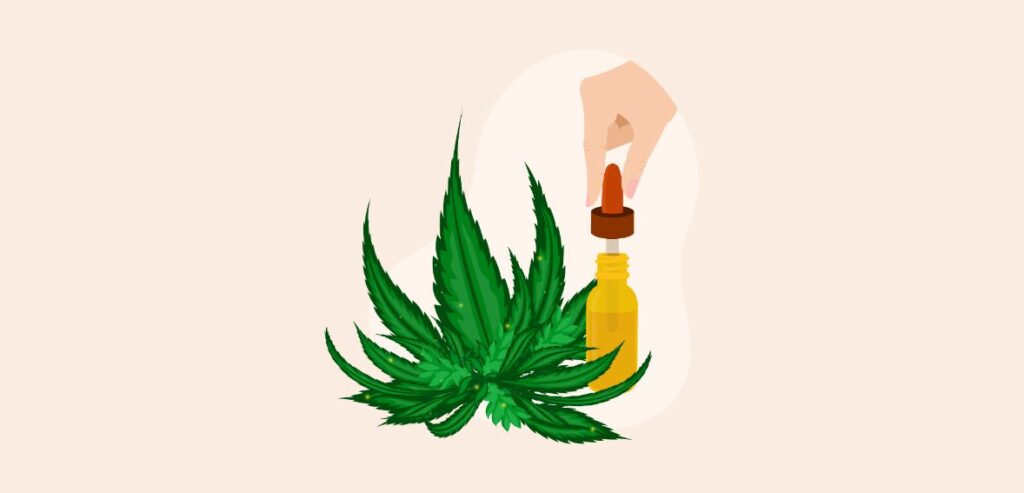
5. Microbial Testing
Your CBD product should undergo microbial testing for genuine safety considerations. This essential test detects microbiological contamination, including yeast, molds, and salmonella. The COA should provide a comprehensive list of these contaminants and specify the presence or absence of specific microbes. Some COAs consider this examination a Pathogenic SAE test, targeting potential threats like Aspergillus, E. coli, or Salmonella. This rigorous testing ensures that your CBD product meets safety standards by addressing potential microbial concerns.
6. Heavy Metals Test
The heavy metals test chart clearly shows the metals tested. They’re listed with chemical symbols and names, like As for Arsenic. This chart on the COA includes “Conc,” the metal amount in the sample. “Units” means how it’s measured, for instance, ppb (parts per billion). “MDL” shows the most minuscule amount the lab tools can detect. The crucial part of the chart is “Use Limits.” Public Health and US Pharmacopeia set the maximum amount you can safely eat each day.
To tell if it’s safe, compare “Conc” to “Action Level.” If the concentration is less than these, it’s safe. Ensuring it’s less than the Action Level or LoQ on the COA is critical. This breakdown helps us understand the product’s safety for heavy metal ingestion.
7. Pesticide Analysis
Checking for pesticides is critical in maintaining the safety and quality of the product. Looking at the COA helps to know the kinds and amounts of pesticides in a sample. The COA gives specific data, including PPB measurements, that accurately indicate pesticide amounts. Also, it shows the lower LoD in each particular pesticide checked. This LoD marks the level where a testing method can reliably find a specific pesticide in a sample.
To help you understand better, a column titled “Limits” or “Action Level” states the highest legal amount for each found pesticide. Please remember that these legal limits can differ based on the local laws of where testing occurred.
8. Residual Solvents Testing
Another crucial aspect of your CBD product’s safety is the examination of residual solvents. Solvents, like ethanol or butane, are occasionally employed to extract the medicinal compounds of CBD products. Each solvent has advantages and disadvantages, extracting distinct compounds from the plant. However, these solvents can leave residues, necessitating their thorough removal from the final product. The solvent tests are designed to identify any lingering residues.
Notably, Carbon Dioxide (CO2) extraction stands out as a method that ensures a clean extraction of cannabis products. It’s essential, though, that experts conduct CO2 extraction. Certain solvents, such as acetone, benzene, and propane, should never be utilized in the extraction process for CBD products. Regardless of the extraction method, the final product should show no evidence of solvent residues. This rigorous testing guarantees the CBD product is free from potentially harmful solvent residues.
9. Moisture Content
On a COA, you might encounter water activity and moisture content categories. Moisture content measures the total water amount in the product, while water activity gauges the “excess” water available for microorganisms. Manufacturers must comprehend the optimal water activity to control pathogen growth and prevent spoilage.
A water activity range above 0.85 mandates refrigeration or alternative methods for pathogen control. If it falls between 0.60 and 0.85, refrigeration isn’t necessary, but the product’s shelf-life is limited due to susceptibility to yeast and mold growth. A water activity below 0.60 ensures shelf stability even without refrigeration.
While these tests aren’t commonly performed on cannabis products, you may find these categories on a COA. They provide essential insights into product stability, influencing storage requirements and shelf-life considerations.
These are the most common factors that you should consider first. And also, pay attention to peeking at the bottom. This part is vital for a COA’s trustworthiness. It shows the lab is open and responsible with its findings. Plus, it gives handy lab information if you need to reach out.
The lab should openly back up its findings. So, in our sample, the top poison expert and the chief scientist from ACS Lab stand by the COA’s facts. Look for the lab’s permit and credentials. These prove that they’re trustworthy and that their methods get results. Every lab needs a license to stay legal. Not all labs have to have a CLIA number, but if they do, it means they follow firm rules that meet medical research standards. Spotting these specifics in the footer boosts trust in the COA’s accuracy and trustworthiness.
What To Look For When Checking CBD Certificates of Analysis?
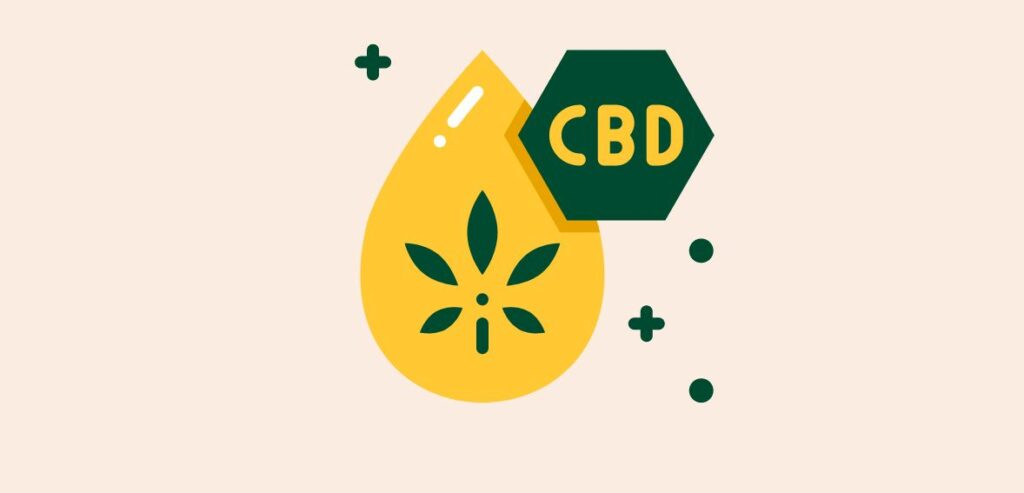
Let’s be smart when checking a COA for CBD products. Look for “red flags” that suggest a manufacturer might be dishonest. Compare the COA to the product label. If they don’t match, you might have a problem. For example, if the COA doesn’t fit the amount of CBD on the label, it’s suspect. Beware if the testing lab isn’t independent. Some companies might cheat by making their COAs. Is the lab recognized and certified? If not, it’s a concern. Keep an eye on undisclosed cannabinoids and terpene levels as well.
Trust comes with transparency and obeying rules. A complete COA should detail a few key things. The CBD must be adequately tested for both presence and quantity—it’s a big deal considering it’s the star ingredient. Also, heavy metals like cadmium, arsenic, lead, and mercury must be checked. They’re dangerous if found above the safe levels. Mycotoxins from molds and fungi are also a big deal – They’re dangerous when they’re over the limit.
How Do You Get A Certificate Of Analysis For CBD Products?
Getting the COA for CBD products is a clear and straightforward task. Each CBD item has a distinct batch number. You can use this as a guide for the matching COA. The ways to find this critical paper depend on the CBD brand. Here are some ways that COA of CBD can be obtained:
- One method is looking at the product page that sells CBD goods online. Here, there’s a link that directs you to the COA. One click, and you’re looking at a complete rundown of the makeup and caliber of your selected product.
- Also, some retailers have whole web page that just have COAs.
- Put the batch number from your bought item’s tag on these sites, and the right COA pops up. Another quick way is to scan a QR code on the product tag. This links straight from the product to the COA, saving you time.
- Lastly, some tags have direct links leading to the online COA. Just type this link into your favorite search engine for instant access.
Conclusion
The CBD Certificate of Analysis (COA) is a vital tool in the growing CBD products market, offering clarity and comfort to buyers. With the sector grappling with dubious items, the COA serves as a trust symbol. It lays out details like cannabinoid makeup, safety limits, terpenes, MG quantities, and safety check results.
Buyers need to thoroughly assess lab capacities, match COAs with product particulars, and stay alert for warning signs. Confidence in the COA’s correctness is solidified by the lab’s openness and compliance standards. It’s easy to get a COA via batch numbers, giving buyers quick access to detailed product info. Grasping the COA helps customers, promoting wise decisions and the veracity of CBD items in a fast-paced market scene.
Frequently Asked Questions
Q: How do you assess the quality of CBD?
To gauge the quality of CBD, look for a product that comes with a Certificate of Analysis (COA). This certification indicates that the CBD has undergone third-party testing by an unbiased laboratory with no vested interest in the product.
Q: What is the purpose of CBD?
CBD's applications extend beyond Epidiolex, with state laws governing its use varying. While ongoing research explores CBD's potential in treating diverse conditions like Parkinson's disease, diabetes, schizophrenia, anxiety, and multiple sclerosis, conclusive evidence supporting its benefits remains limited. It's essential to note that CBD use is not without risks.
Q: What does COA signature signify?
In the context of signatures, a COA signature involves third-party witnessing. This means that an individual external to the signing transaction can testify to the authenticity of the autograph. It adds an extra layer of assurance regarding the legitimacy of the signature.
Q: What is a CBD Certificate of Analysis?
A COA is a verified document that furnishes information about the testing lab, the brand and product in question, and the potency of the product's ingredients. In the context of hemp, CBD, and cannabis, the ingredients encompass cannabinoids such as CBD, THC, CBN, and CBG.
Q: What does a Certificate of Analysis reveal?
A COA is a documented summary of scientific tests conducted on a product, be it food or drugs. It outlines the testing lab's details, the chemicals used in manufacturing and testing, and ensures compliance with essential regulations, guaranteeing product quality.
Q: What are the different grades of CBD?
CBD products are available in three forms:
Full-spectrum CBD: Contains all components of the cannabis plant, including up to 0.3% THC.
Broad-spectrum CBD: Encompasses all plant components except THC.
CBD isolate: Pure CBD without other compounds from the cannabis plant.Q: What are the benefits of a Certificate of Analysis?
A COA is crucial for customers to ensure that the received product aligns with their specific requirements. It serves as a quality assurance tool, helping companies prevent costly returns, replacements, or customer complaints.

